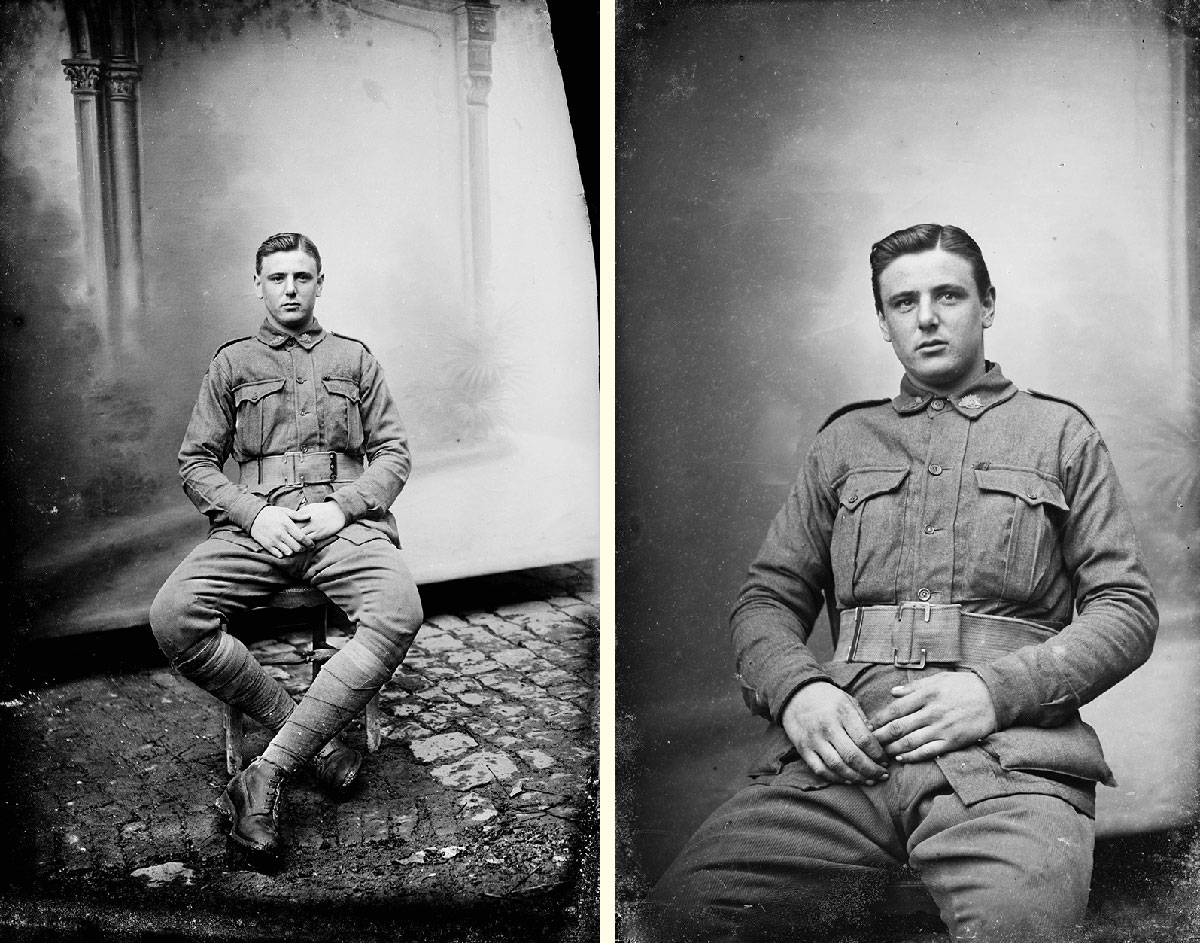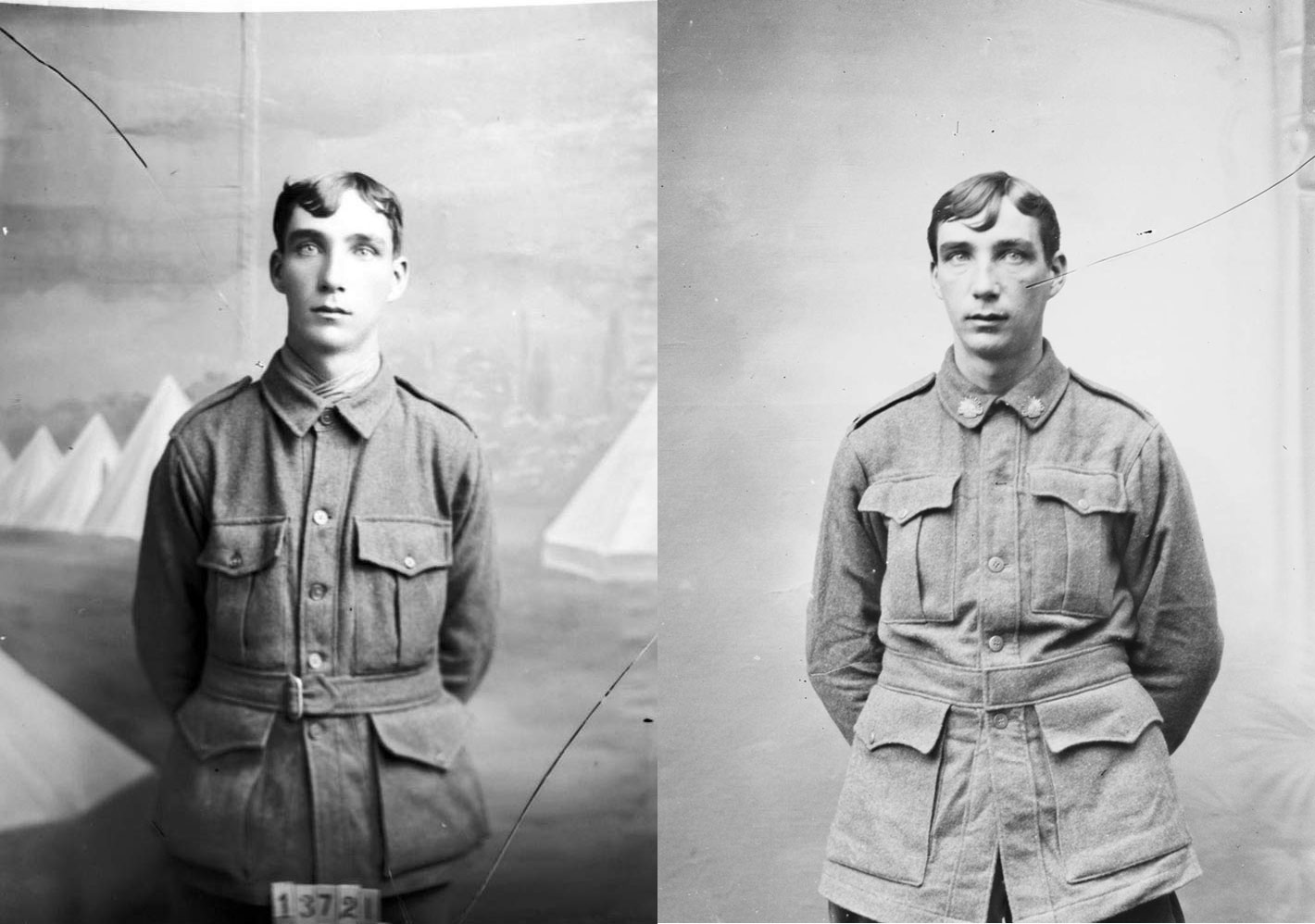While the photo industry defines facial recognition as the camera’s ability to rapidly focus on faces in a composition, for the rest of the world it’s more about matching a face in one image or real life to another one.

And it’s not Canon, nor Nikon nor even Google which leads the field, but electronics company NEC – recognised as producing the world’s most accurate Facial Recognition algorithm by the leading authority on the sector, the US National Institute of Standards and Technology.
NEC markets its Facial Recognition technology to governments and security organisations, with the pitch that ‘the fingerprint is no longer enough’ and the future of public security lies in facial recognition that ‘can capture data from great distances without alerting or intruding on subjects’.
It’s sounds a bit creepy, with sceptics no doubt feeling that, if in the wrong hands, this technology could be pretty Orwellian. But NEC is also trialling the algorithm in applications unrelated to security, by attempting to identify historically significant individuals from photos.
NEC’s Neoface Reveal algorithm was used in a trial with the Australian War Memorial (AWM) to unlock the mystery of ‘lost Diggers’ from the Western Front in World War 1.
The original images were taken in 1916 by a French husband and wife duo, the Thuillier family, in their home village of Vignacourt, just behind the Western Front battle lines in northern France. The images are part of almost 4000 glass negatives uncovered in a wooden chest in the attic of the Thuillier’s former farmhouse, almost a century after the photos were taken at the height of the Great War.
The photos were taken on glass, printed with an oil-and-water technique onto postcards, and then mailed home so soldiers could maintain a link with their loved ones in Australia.
The images, known as the Thuillier Collection, featured soldiers from all over the world. Businessman and philantropist, Kerry Stokes, purchased around 800 glass-plate negatives featuring Australian diggers, and generously donated them to the AWM in Canberra.
Experts at the AWM attempted to identify Australian soldiers in the Vignacourt Collection upon its arrival in Australia in 2012. A national roadshow of the images entitled Remember Me: the lost diggers of Vignacourt, which toured Australia from 2014 – 2018, then invited the public to identify potential relatives in the photos.
These efforts returned around 150 verified matches, a number which was matched by NEC Australia in just two days back in March.
Hundreds of potential matches from the Vignacourt Collection were uncovered by cross-referencing the photos with official WWI portraits from two AWM collections. The NEC Neoface Reveal tech can ‘turn poor quality images into evidence’, by adjusting sharpness, contrast and brightness, and also correcting poses to create a frontal face image, or generating a frontal face image composite using a series of angled face photos. It then uses ‘facial forensic image processing’ to establish potential matches.

The first was of a Private Robert Deegan, a young soldier whose photograph by the Thuilliers in 1916 was matched with a photo taken a year earlier at a recruitment station in country Victoria. The resemblance is undeniable. Another was Private William Alfred Fitch, a carpenter from Brighton in Victoria who enlisted for the infantry and left for Egypt in 1915. He was reported as killed in action in 1917 during a German shell bombardment at Ypres in Belgium, aged 21.
NEC’s team whittled the potential matches down to the top 376 results, and handed them over to be manually evaluated by the AWM. Of this, the AWM was able to successfully verify 155 matches over 78 hours.
Sylvia Jastkowiak, NEC Australia senior consultant on privacy and security who worked on the project, believes the number of matches may be significantly higher.
‘Time and resource restrictions were the biggest constraint. Researchers were only given 30 minutes to investigate each “match”. Shifting through historical records, sometimes the information you are looking for just doesn’t exist, sometimes it’s incorrect in the records or sometimes you need more time to examine more resources.
‘Despite this, our consensus was that our algorithms work very well with historical records – photographs. This is a completely new area for facial recognition and the possibilities it raises for historical investigations and research, is endless.’
Sylvia said that facial recognition technology hasn’t really been tested with historical photos. Quite possibly because, until now, facial recognition tech hasn’t been accurate enough to turn over matches.
On the AWM’s Remember Me: The Lost Diggers of Vignacourt exhibition page FAQ, likely written prior to the roadshow in 2014, the AWM states this about using facial recognition technology:
‘Contrary to popular belief, facial recognition software is not 100 percent accurate, and when dealing with historical photographs that have wear and tear, fading and other marks, the ability to get an accurate result is even further reduced.
‘Not all photographs are taken in the same way or in the same conditions. Factors such as lighting, exposure, angle of the face, age, and whether the person is wearing a hat or not all contribute to the variances that can make the results inaccurate.’
In just six years, these hurdles no longer appear to be as insurmoutable as they once were!





Interesting story, with huge implications! I must admit, I was pretty shocked that Google Photos managed to face match a scanned print from the 1940’s of my father at only 4 months old, with a picture of him in his 70’s